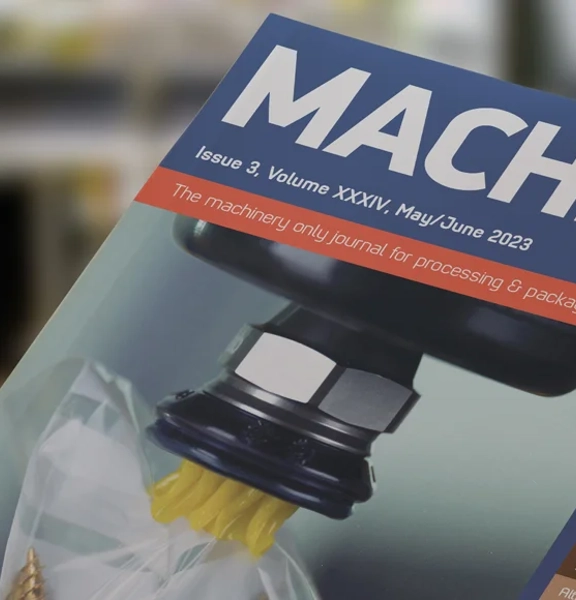Become a member
Take advantage of exclusive member benefits, world class events, networking and specialist support








 Become a member
Become a member 

10 November 2023
The CEO of HowToRobot.com has set out four simple strategies to make automation even more affordable in these ongoing tough economic times.
According to Søren Peters, CEO of HowToRobot.com and also Gain & Co, when the economy slows down, it is a common reaction to hold our money tight – and with good reason. During past recessions, manufacturing was hit harder than most other industries.
Now, as recession fears are taking hold once again, manufacturers consider reducing capital spending – including investments into advanced manufacturing technologies such as automation and robotics.
This comes at a critical time. UK manufacturers are – due to labour shortages and reshoring – about to pick up robot adoption after years of lagging behind its European counterparts (the UK had a density of 101 robots per 10,000 workers in the industry in 2020, below the world average of 126 according to the International Federation of Robotics).
Pausing these investments at this time may be a bad idea (which studies of past recessions also suggest). Those manufacturers with higher capital investment levels before a recession have also been the quickest ones to recover, and they also tend to experience higher growth rates in the years after.
The challenge, of course, is balancing costs. Working with manufacturers around the globe as independent advisors, our company Gain & Co has identified four (surprisingly under-utilised) strategies that we have seen reduce the cost and risk of automation.
Automation and robotics can be used for almost any type of task today. Yet, our advisors have found that most businesses do not have a structured process for identifying the most obvious automation opportunities within their facilities.
As a result, automation is applied more or less randomly – sometimes resulting in major cost overruns and, ultimately, failure. On-site, our advisors typically find 10-15 manual tasks that are ripe for automation because proven solutions already exist. By creating an automation roadmap of these opportunities, manufacturers can zone in on the low-risk projects with a quick return on investment that make the most sense for their business.
It may sound obvious. Yet, in our experience few manufacturers make a habit of seeking several comparable offers from suppliers. Often, businesses go with the first solution they find that seems to do the job. This is surprising when all evidence shows that competition can provide substantial savings for the buyer.
We have an idea of how much money is left on the table through our global market platform HowToRobot.com. Manufacturers are utilising it to send out automation requests and receive offers from suppliers. Our market data shows typical price variations of between 15 and 25 % on similar solutions offered for a single project. For an investment of about £300,000, that makes for potential savings of £75,000 between the most affordable and expensive option.
Manufacturers often struggle with articulating their needs to automation suppliers. In their struggles, many fall into the trap of describing the exact specifications of the solution: The size, type of robot, gripper, etc. By doing so, they end up taking responsibility away from the supplier. If the solution does not deliver to expectations, the buyer is not able to make any claims and may end up with a failed investment.
Manufacturers avoid this risk by focusing on what the ideal solution should accomplish instead. Doing a functional requirement specification helps achieve this. It describes the needs and goals of the solution (such as throughput or variants to handle) and the constraints (such as available space). This gives suppliers the freedom to engineer the best solution, and it holds them accountable for delivering the results the buyer needs.
An automation investment will – even if it looks good on paper – only deliver the expected return if it is based on accurate assumptions. Too often, our advisors see business cases for automation built on guesswork instead of real market knowledge. If key factors change (which they sometimes do), the business may end up with some unpleasant surprises and see the expected return on their investment dropping.
The businesses that want to take the guesswork out of automation often use a vendor independent advisor to plan the investment.
The four strategies mentioned in this article are not difficult to follow, but they do require manufacturers to think differently about the way they approach automation. This is a small price to pay to save a lot more, believes Peters.
Tel: 020 4571 2008
Website: gainco.dk